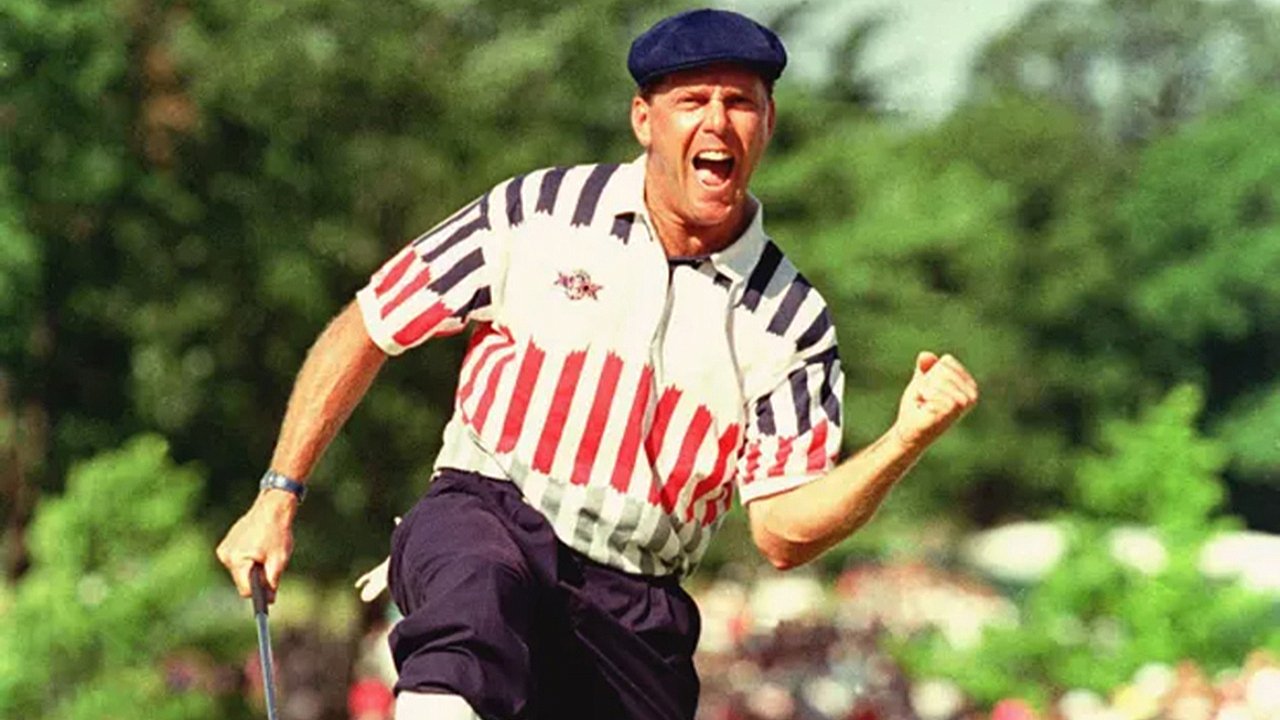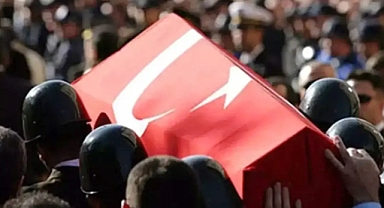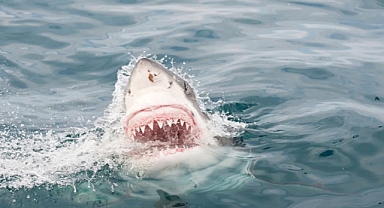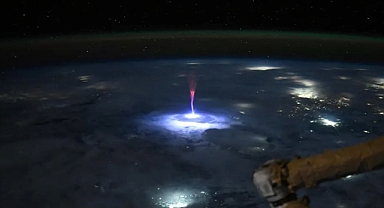On a spring morning in 1999, I found myself driving in circles, unable to locate Payne Stewart’s house. Stewart lived just off the 12th tee, and though I’d been there before, I somehow ended up on the wrong street. Suddenly, a barefoot man in a T-shirt and shorts leapt into the road, slapping the hood of my rental car with a grin. It was Payne—his energy and charm on full display. "Right here, dummy!" he shouted through my rolled-up window, laughing as he waved his arms dramatically. That unguarded moment captures the essence of Stewart, a man as extroverted off the course as he was on it.I spent the day interviewing Stewart, basking in the candid humor and openness he always offered. I expected to share many more such moments with him, but just months later, Stewart was gone. On October 25, 1999, Stewart, along with five others—pilot Michael Kling, co-pilot Stephanie Bellegarrigue, golf architect Bruce Borland, and Stewart’s agents Robert Fraley and Van Ardan—died when their Learjet 35 crashed near Mina, South Dakota. The tragedy occurred after a catastrophic loss of cabin pressure, rendering all aboard unconscious minutes into the flight from Orlando to Dallas. The jet, on autopilot, drifted aimlessly for hours until it ran out of fuel and crashed.The world of golf was shaken by the sudden loss of one of its most charismatic players. Stewart’s death not only robbed the sport of an extraordinary talent but left behind a grieving family—his wife Tracey and their two children, Chelsea, 13, and Aaron, 10. The news unfolded live, with networks cutting into regular programming to report the tragedy in real time. CBS Sports’ Jim Nantz rushed to New York to assist with coverage as the harrowing situation played out over several hours. Stewart’s funeral, held five days later at First Baptist Church in Orlando, drew an outpouring of mourners, from golf legends to fans, all there to celebrate the life of a man who brought energy, joy, and passion to the sport.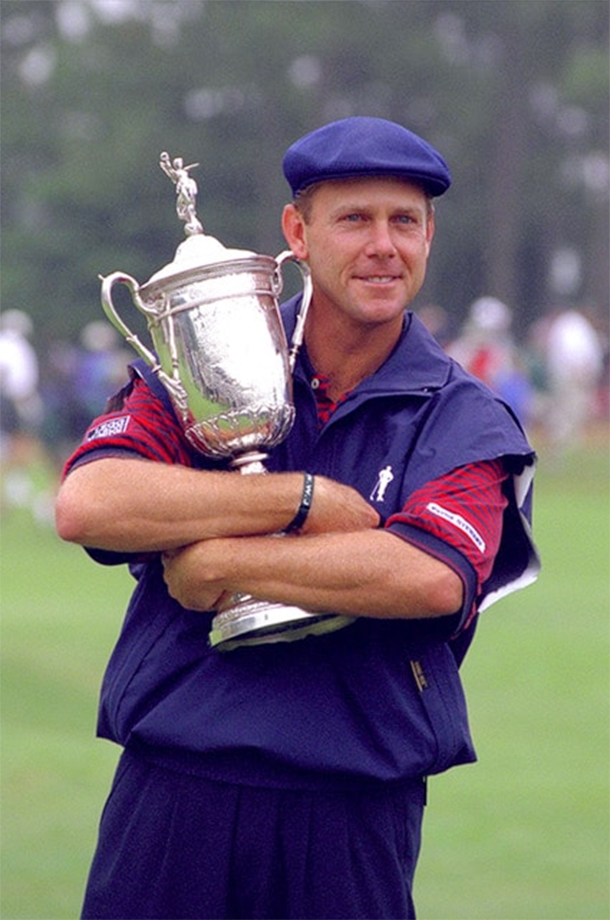 At the 2000 U.S. Open at Pebble Beach, eight months after his passing, 40 PGA Tour pros honored Stewart by driving balls into the Pacific Ocean in unison—a tribute as bold as the man they celebrated. His presence still looms large in golf, with regular tributes at tournaments like the U.S. Open at Pinehurst, where Stewart’s unforgettable 1999 win remains a defining moment in the sport.Stewart’s career was marked by style, skill, and showmanship. Known for his athletic, old-school swing and flashy outfits—his signature knickers and caps—he was as distinct as any golfer in history. Stewart’s spontaneous celebrations, relentless gum-chewing, and warm hugs, whether for his children or caddie Mike Hicks, made him beloved by fans. His 1999 U.S. Open victory at Pinehurst, where he consoled a heartbroken Phil Mickelson with a touching embrace, remains one of golf’s most memorable moments. Over his career, Stewart captured three major titles—the 1989 PGA Championship and the U.S. Open in 1991 and 1999—and 11 PGA Tour victories. He also competed on five U.S. Ryder Cup teams and finished runner-up twice at the British Open. A fierce competitor with a playful side, Stewart was what legendary sportswriter Dan Jenkins called a “ticket seller,” someone who drew crowds and made the game more exciting.Beyond golf, Stewart was a man of many passions. He enjoyed music, playing harmonica in a novelty band called "Jake Trout and the Flounders" alongside fellow golfers Peter Jacobsen and Mark Lye. He loved sharing his hobbies with others, often giving away items from his extensive wardrobe of golf apparel. “You want a pair of knickers?” he once asked me, gesturing to a closet packed with hats, shoes, and clothes. I declined—an offer I now regret.Stewart’s generosity extended to charitable causes. When he won his first PGA Tour event in years at the 1987 Bay Hill Invitational, he donated his entire $108,000 prize to Florida Hospital, now AdventHealth Orlando. His kindness wasn’t limited to grand gestures—he relished giving small gifts, too, once dashing off to find me a CD of his band during a visit.Stewart’s devotion to his family was evident. On that same visit in 1999, he called his son Aaron over to introduce him, tousling his hair affectionately and reminding him to make eye contact when shaking hands. His daughter Chelsea wasn’t home, but Stewart often spoke of the joy he found in being a father and husband. He frequently reminisced about his own upbringing, crediting his father, Bill Stewart, with inspiring his love for golf and fashion. Payne’s mother, Bee Stewart, remained a powerful figure in his life, even running for public office in Missouri after his passing at age 81.The man behind the knickers and the golf trophies was multidimensional—a devoted husband, a doting father, a fierce competitor, and a caring friend. He wasn’t afraid to show his emotions on or off the course, often stopping mid-round to hug his kids, as legendary broadcaster Vin Scully once recalled. Those who knew him remember a man who lived life to the fullest and left an indelible mark on everyone he met.Though Stewart’s life was cut tragically short, his legacy endures. His influence can be seen in today’s players, his style lives on in tribute outfits, and his moments of sportsmanship continue to inspire. Payne Stewart may be gone, but to his fans, family, and the world of golf, he remains larger than life—just offstage, waiting to make us laugh again.
At the 2000 U.S. Open at Pebble Beach, eight months after his passing, 40 PGA Tour pros honored Stewart by driving balls into the Pacific Ocean in unison—a tribute as bold as the man they celebrated. His presence still looms large in golf, with regular tributes at tournaments like the U.S. Open at Pinehurst, where Stewart’s unforgettable 1999 win remains a defining moment in the sport.Stewart’s career was marked by style, skill, and showmanship. Known for his athletic, old-school swing and flashy outfits—his signature knickers and caps—he was as distinct as any golfer in history. Stewart’s spontaneous celebrations, relentless gum-chewing, and warm hugs, whether for his children or caddie Mike Hicks, made him beloved by fans. His 1999 U.S. Open victory at Pinehurst, where he consoled a heartbroken Phil Mickelson with a touching embrace, remains one of golf’s most memorable moments. Over his career, Stewart captured three major titles—the 1989 PGA Championship and the U.S. Open in 1991 and 1999—and 11 PGA Tour victories. He also competed on five U.S. Ryder Cup teams and finished runner-up twice at the British Open. A fierce competitor with a playful side, Stewart was what legendary sportswriter Dan Jenkins called a “ticket seller,” someone who drew crowds and made the game more exciting.Beyond golf, Stewart was a man of many passions. He enjoyed music, playing harmonica in a novelty band called "Jake Trout and the Flounders" alongside fellow golfers Peter Jacobsen and Mark Lye. He loved sharing his hobbies with others, often giving away items from his extensive wardrobe of golf apparel. “You want a pair of knickers?” he once asked me, gesturing to a closet packed with hats, shoes, and clothes. I declined—an offer I now regret.Stewart’s generosity extended to charitable causes. When he won his first PGA Tour event in years at the 1987 Bay Hill Invitational, he donated his entire $108,000 prize to Florida Hospital, now AdventHealth Orlando. His kindness wasn’t limited to grand gestures—he relished giving small gifts, too, once dashing off to find me a CD of his band during a visit.Stewart’s devotion to his family was evident. On that same visit in 1999, he called his son Aaron over to introduce him, tousling his hair affectionately and reminding him to make eye contact when shaking hands. His daughter Chelsea wasn’t home, but Stewart often spoke of the joy he found in being a father and husband. He frequently reminisced about his own upbringing, crediting his father, Bill Stewart, with inspiring his love for golf and fashion. Payne’s mother, Bee Stewart, remained a powerful figure in his life, even running for public office in Missouri after his passing at age 81.The man behind the knickers and the golf trophies was multidimensional—a devoted husband, a doting father, a fierce competitor, and a caring friend. He wasn’t afraid to show his emotions on or off the course, often stopping mid-round to hug his kids, as legendary broadcaster Vin Scully once recalled. Those who knew him remember a man who lived life to the fullest and left an indelible mark on everyone he met.Though Stewart’s life was cut tragically short, his legacy endures. His influence can be seen in today’s players, his style lives on in tribute outfits, and his moments of sportsmanship continue to inspire. Payne Stewart may be gone, but to his fans, family, and the world of golf, he remains larger than life—just offstage, waiting to make us laugh again.
 At the 2000 U.S. Open at Pebble Beach, eight months after his passing, 40 PGA Tour pros honored Stewart by driving balls into the Pacific Ocean in unison—a tribute as bold as the man they celebrated. His presence still looms large in golf, with regular tributes at tournaments like the U.S. Open at Pinehurst, where Stewart’s unforgettable 1999 win remains a defining moment in the sport.Stewart’s career was marked by style, skill, and showmanship. Known for his athletic, old-school swing and flashy outfits—his signature knickers and caps—he was as distinct as any golfer in history. Stewart’s spontaneous celebrations, relentless gum-chewing, and warm hugs, whether for his children or caddie Mike Hicks, made him beloved by fans. His 1999 U.S. Open victory at Pinehurst, where he consoled a heartbroken Phil Mickelson with a touching embrace, remains one of golf’s most memorable moments. Over his career, Stewart captured three major titles—the 1989 PGA Championship and the U.S. Open in 1991 and 1999—and 11 PGA Tour victories. He also competed on five U.S. Ryder Cup teams and finished runner-up twice at the British Open. A fierce competitor with a playful side, Stewart was what legendary sportswriter Dan Jenkins called a “ticket seller,” someone who drew crowds and made the game more exciting.Beyond golf, Stewart was a man of many passions. He enjoyed music, playing harmonica in a novelty band called "Jake Trout and the Flounders" alongside fellow golfers Peter Jacobsen and Mark Lye. He loved sharing his hobbies with others, often giving away items from his extensive wardrobe of golf apparel. “You want a pair of knickers?” he once asked me, gesturing to a closet packed with hats, shoes, and clothes. I declined—an offer I now regret.Stewart’s generosity extended to charitable causes. When he won his first PGA Tour event in years at the 1987 Bay Hill Invitational, he donated his entire $108,000 prize to Florida Hospital, now AdventHealth Orlando. His kindness wasn’t limited to grand gestures—he relished giving small gifts, too, once dashing off to find me a CD of his band during a visit.Stewart’s devotion to his family was evident. On that same visit in 1999, he called his son Aaron over to introduce him, tousling his hair affectionately and reminding him to make eye contact when shaking hands. His daughter Chelsea wasn’t home, but Stewart often spoke of the joy he found in being a father and husband. He frequently reminisced about his own upbringing, crediting his father, Bill Stewart, with inspiring his love for golf and fashion. Payne’s mother, Bee Stewart, remained a powerful figure in his life, even running for public office in Missouri after his passing at age 81.The man behind the knickers and the golf trophies was multidimensional—a devoted husband, a doting father, a fierce competitor, and a caring friend. He wasn’t afraid to show his emotions on or off the course, often stopping mid-round to hug his kids, as legendary broadcaster Vin Scully once recalled. Those who knew him remember a man who lived life to the fullest and left an indelible mark on everyone he met.Though Stewart’s life was cut tragically short, his legacy endures. His influence can be seen in today’s players, his style lives on in tribute outfits, and his moments of sportsmanship continue to inspire. Payne Stewart may be gone, but to his fans, family, and the world of golf, he remains larger than life—just offstage, waiting to make us laugh again.
At the 2000 U.S. Open at Pebble Beach, eight months after his passing, 40 PGA Tour pros honored Stewart by driving balls into the Pacific Ocean in unison—a tribute as bold as the man they celebrated. His presence still looms large in golf, with regular tributes at tournaments like the U.S. Open at Pinehurst, where Stewart’s unforgettable 1999 win remains a defining moment in the sport.Stewart’s career was marked by style, skill, and showmanship. Known for his athletic, old-school swing and flashy outfits—his signature knickers and caps—he was as distinct as any golfer in history. Stewart’s spontaneous celebrations, relentless gum-chewing, and warm hugs, whether for his children or caddie Mike Hicks, made him beloved by fans. His 1999 U.S. Open victory at Pinehurst, where he consoled a heartbroken Phil Mickelson with a touching embrace, remains one of golf’s most memorable moments. Over his career, Stewart captured three major titles—the 1989 PGA Championship and the U.S. Open in 1991 and 1999—and 11 PGA Tour victories. He also competed on five U.S. Ryder Cup teams and finished runner-up twice at the British Open. A fierce competitor with a playful side, Stewart was what legendary sportswriter Dan Jenkins called a “ticket seller,” someone who drew crowds and made the game more exciting.Beyond golf, Stewart was a man of many passions. He enjoyed music, playing harmonica in a novelty band called "Jake Trout and the Flounders" alongside fellow golfers Peter Jacobsen and Mark Lye. He loved sharing his hobbies with others, often giving away items from his extensive wardrobe of golf apparel. “You want a pair of knickers?” he once asked me, gesturing to a closet packed with hats, shoes, and clothes. I declined—an offer I now regret.Stewart’s generosity extended to charitable causes. When he won his first PGA Tour event in years at the 1987 Bay Hill Invitational, he donated his entire $108,000 prize to Florida Hospital, now AdventHealth Orlando. His kindness wasn’t limited to grand gestures—he relished giving small gifts, too, once dashing off to find me a CD of his band during a visit.Stewart’s devotion to his family was evident. On that same visit in 1999, he called his son Aaron over to introduce him, tousling his hair affectionately and reminding him to make eye contact when shaking hands. His daughter Chelsea wasn’t home, but Stewart often spoke of the joy he found in being a father and husband. He frequently reminisced about his own upbringing, crediting his father, Bill Stewart, with inspiring his love for golf and fashion. Payne’s mother, Bee Stewart, remained a powerful figure in his life, even running for public office in Missouri after his passing at age 81.The man behind the knickers and the golf trophies was multidimensional—a devoted husband, a doting father, a fierce competitor, and a caring friend. He wasn’t afraid to show his emotions on or off the course, often stopping mid-round to hug his kids, as legendary broadcaster Vin Scully once recalled. Those who knew him remember a man who lived life to the fullest and left an indelible mark on everyone he met.Though Stewart’s life was cut tragically short, his legacy endures. His influence can be seen in today’s players, his style lives on in tribute outfits, and his moments of sportsmanship continue to inspire. Payne Stewart may be gone, but to his fans, family, and the world of golf, he remains larger than life—just offstage, waiting to make us laugh again.